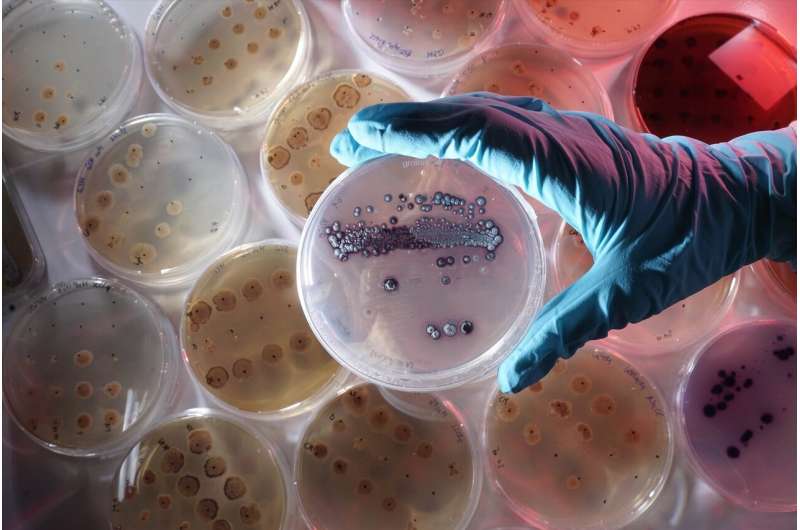Using organisms to decontaminate soil

The German Ministry of Education and Research is funding a long-term soil remediation project run by the University of Jena. The project is to investigate and test biological methods for remediating soils contaminated with metal at the former uranium mining site near Ronneburg, Thuringia, to renew the soils, and to make them available for land use.
Decontaminating the legacy of uranium mining in the GDR
"Even today, 30 years after its end, the GDR is still ranked the third largest producer of uranium in the world. In eastern Thuringia and western Saxony, for example, more than 210,000 tonnes of the radioactive element were mined," says the microbiologist Prof. Erika Kothe of the University of Jena. She is leading the project together with the geoscientist Prof. Thorsten Schäfer. Following the uranium mining of the past, in the project, a possible re-use of the former mining areas is to be tested. Essentially, the soils there are still contaminated with heavy metals; acids are formed which dissolve the toxic metals and can thus pose a hazard to the groundwater. In the former mining area near Ronneburg, which is now managed by the government-owned Wismut GmbH, four test sites will be examined within the project. During the past four years, the University's geoscientists and microbiologists have been examining biocompatible methods for a long-term land use there, in particular for biomass production.
Based on the successes of the first funding phase, the government-funded project USER2 is about to focus on implementation of heavy metal land farming for sustainable landscape design and production of renewable energies from radionuclide-contaminated areas. For example, the research teams had planted trees, which appeared to grow in spite of the pollution, and may serve as renewable energy. Mycorrhiza, e.g. fly agarics of bay boletes, supply the trees with water and nutrient salts. In turn, the trees supply the fungi with products from photosynthesis. "Our goal is to find the best combination of fungi and trees," says Erika Kothe. "The heavy metals should remain in the mushrooms or—better still—soil bacteria should convert them into biominerals." To remove the toxins from the soils, the teams use an undergrowth.
Bioremediation of soil and re-use
To remove the metals from the soil, the team plants herbaceous plants such as red fescue or rye. "The herbaceous plants remove the toxins from the soil. They can then be harvested, incinerated, and the ashes safely deposited," explains Kothe. "This way, the soil is improved in the long-term without major technical effort. Moreover, the trees planted can be burnt or their lignocellulose can be chemically converted into biofuel." In addition, the herbaceous undergrowth protects the soil against erosion. Like the trees, the undergrowth, too, can benefit from soil bacteria and fungi provided that suitable microbes can be found.
During this new 3-year-long project, the interdisciplinary team wants to continue with the various trial plantings on site, curb soil erosion, and take stock. Apart from these, they will study the transport of heavy metals in the form of nanoparticles in water. An integral part of the project are students who conduct annual intensive measurements and analyses of the plants, fungi, and soil bacteria. This one-week visit to the site in the fifth semester is part of the bachelor's programme in biogeosciences at the University of Jena. Yet students are introduced to the test site even at an earlier stage. Each year there is an excursion to Ronneburg being part of the lecture on bio-geo interactions during their first semester.
Provided by Friedrich Schiller University of Jena


















